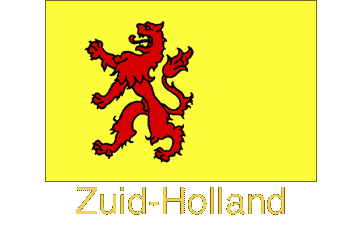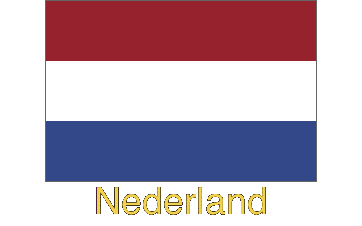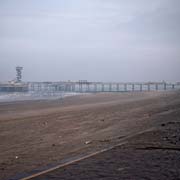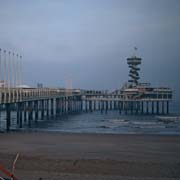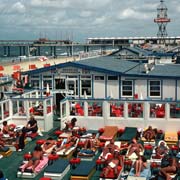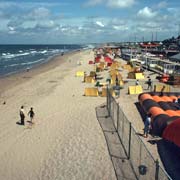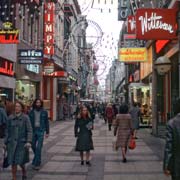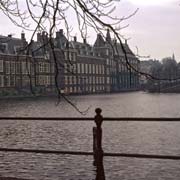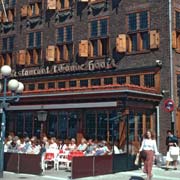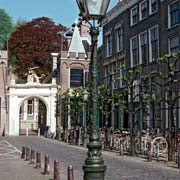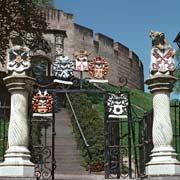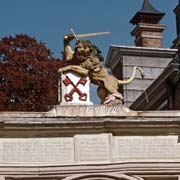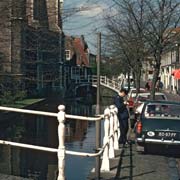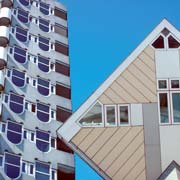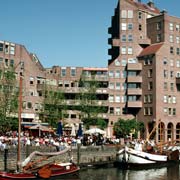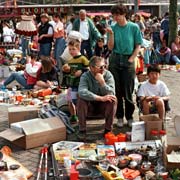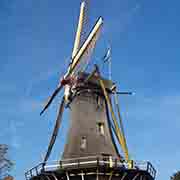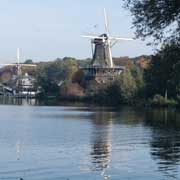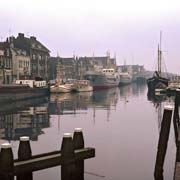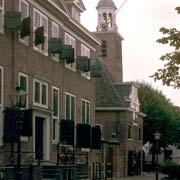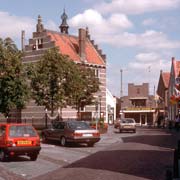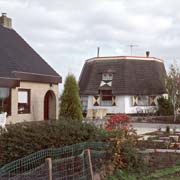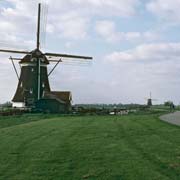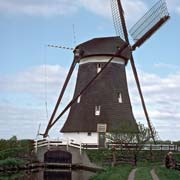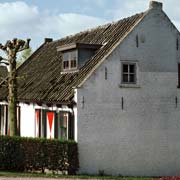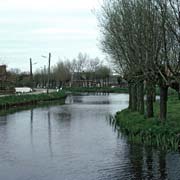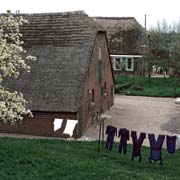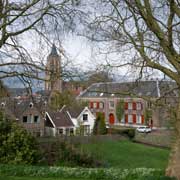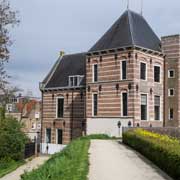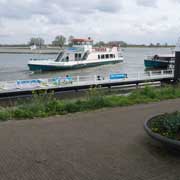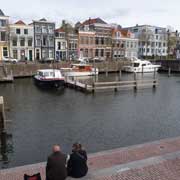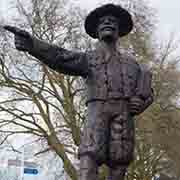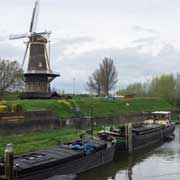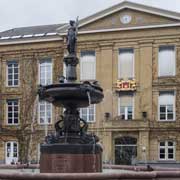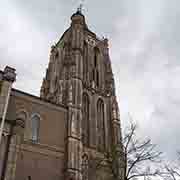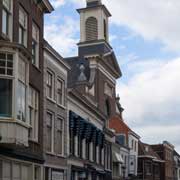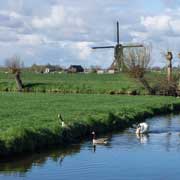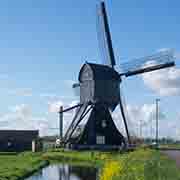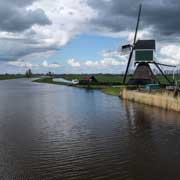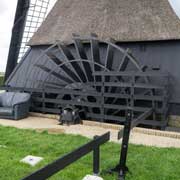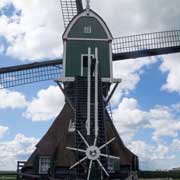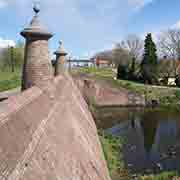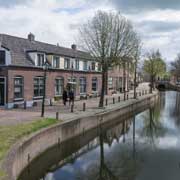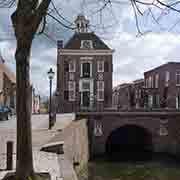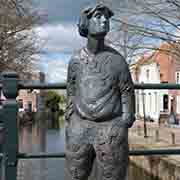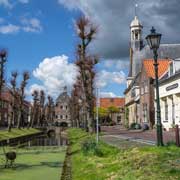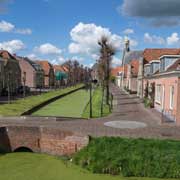Photos of The Province of Zuid-Holland, the Netherlands
The Province of Zuid-Holland
Zuid-Holland (South Holland) can be considered as the heart of the Netherlands and is a miracle of modern planning: it is the heart of the "Randstad", a conurbation of cities such as Den Haag (The Hague), the nation's Seat of Government, Rotterdam, the second city of the Netherlands and one of the largest harbours in the world, the University city of Leiden and a number of smaller towns like Gouda (known for its cheese), Delft (the home of Delft Blue porcelain) and others.
you may then send it as a postcard if you wish.
Zuid-Holland has an area of 2,944 km² and a population of close to 3.5 million, making it the province with the highest population density. As distances between these towns are small, without careful planning the Randstad could have become one great concrete jungle; yet, by conserving areas of green, lakes and agricultural land, the province has retained a feeling of spaciousness. It is a flat land, apart from dunes at the coast and is mainly polders with to the east of the Randstad lakes that lend themselves to water sports. The province shares borders with Noord-Holland in the north, Utrecht and Gelderland in the east, Noord-Brabant in the south east and Zeeland in the South. The North Sea forms the western border and the coastline, with its broad beaches and sand dunes add another dimension of beauty. Scheveningen, just to the west of The Hague, is both a fishing village and an elegant beach resort with a lively promenade and pier.
Until the Netherlands became a united nation in 1795, South Holland was (with North Holland) part of the mighty county of Holland, which had dominated world trade in the 17th century and remained one of the wealthiest regions in the world. That heritage is apparent in the glorious architecture of cities like Leiden, Delft and Gouda. Leiden is the location of the country's first university, established by Willem de Zwijger (William the Silent) in 1574. Delft is not only the home of the famous Delft Blue porcelain, but also many members of the royal House of Orange (the Dutch Royal family) are buried in the town's 14th Century New Church.
Rotterdam was virtually destroyed during German bombing at the beginning of the Second World War and most of the city along the Maas (Meuse) river had to be built from scratch. The result is some of the most daring modern architecture in the Netherlands. It took the title of the greatest port in the world from New York in 1962 and reinforced its position with the opening of the deep-sea Europoort in 1968. Yet, not far from the city, you can find quiet villages and windmills, while to the south, on the island of Voorne-Putten are old towns like Hellevoetsluis, a fortified town with well preserved ramparts and Ouddorp, on the island of Goeree-Overflakkee; both islands are now connected by road, leading over dams constructed as part of the Delta Plan in the fifties. Worthwhile too are Gorinchem (Gorkum) and Nieuwpoort, two fortified towns with walls and bastions, built in the 16th and 17th century to defend resp. against the Spanish and the French, monument towns that have been carefully preserved and restored.
